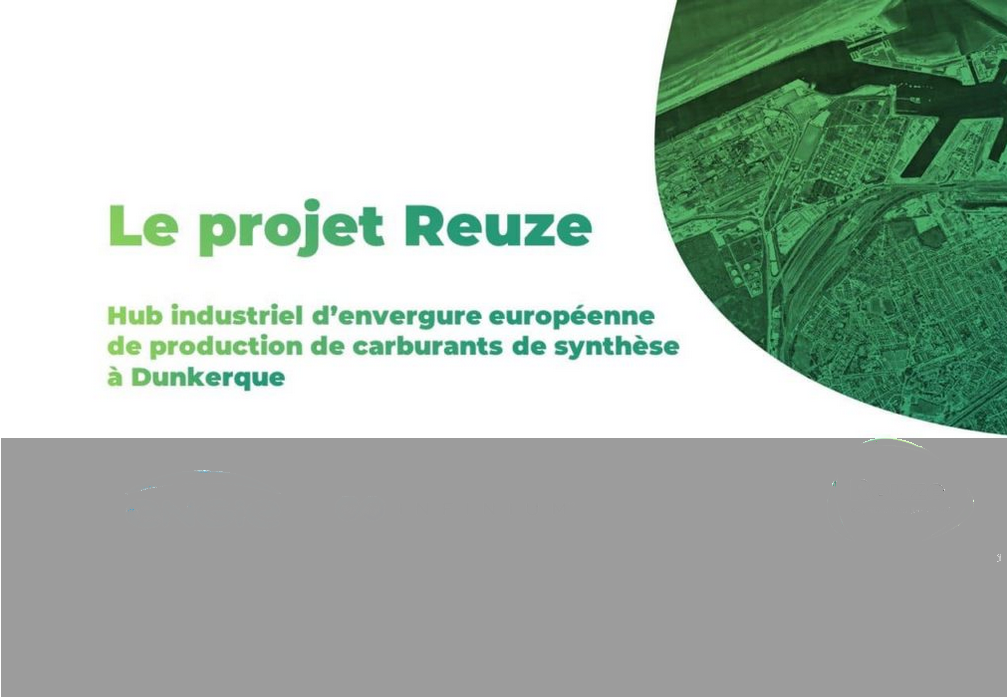
Integrate a low-carbon territory

SET AN EXAMPLE FOR EUROPE’S INDUSTRIAL TERRITORIES
Patrice Vergriete, Chair of the Greater Dunkirk Urban Council
“The aim is clear: by way of the energy transition, we wish to drastically reduce greenhouse gas emissions while creating the jobs of tomorrow in one of the country’s main industrial basins. To reach this aim, we have decided to develop our circular economy using industrial decision-making tools, which will help us to strengthen the links between various local companies. In doing so, we’re once again showing how a sense of community is one of the values that characterise the Dunkirk territory. Because in Dunkirk, our energy has always been in creation: jobs, value and solidarity.” (European CO2 Meetings, 2021)
3 billion euros of investment is planned to decarbonise Dunkirk’s industrial and port territory.
Dunkirk is the first H2 and CO2 Hub committed to decarbonising France’s industry
Two next generation nuclear reactors (EPR) are planned for Dunkirk, with an additional 3,340 MW of power
The waste heat deposit identified, 635 GWh of which will be recovered thanks to the heat superhighway

DUNKIRK: A SUSTAINABLE PORT
For many years now, the Grand Port Maritime of Dunkirk (GPMD) has been taking action to reduce its greenhouse gas emissions (GHG) and lower the impact that port activities have on the environment through:
- The production of a Management and Sustainable Development Plan for the port area (PA2D).
- Natural area and species protection management. The Grand Port Maritime of Dunkirk has integrated efforts for the protection and enhancement of habitats.
- The modal shift towards non-road transport is over 50% in the port area.
- Solar park facilities (40 MW currently planned).
- The reclassification of port sites as solar parks (40 MW currently planned).
- Support for the construction and running of the future heat recovery network in the industrial-port area.








